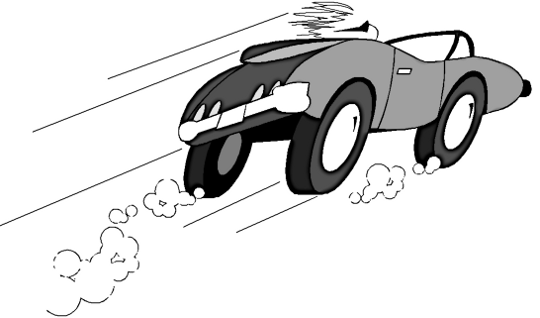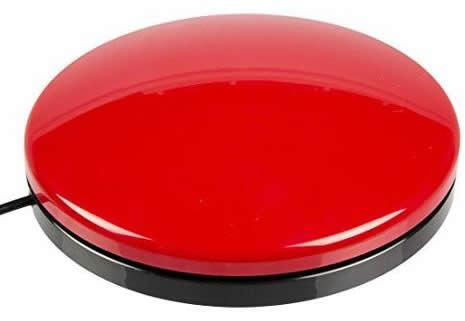
Reading an excellent blog post from Allan Wilson at CALL Scotland this morning about switch adapted toys. The post details Allan’s frustration at finding a toy suitable for a learner with visual impairment and severe physical difficulties. You can read Allan’s blog post here: Simple Sensory Toys for Switches
Like Allan, I sometimes have to question the reasons why a toy was chosen to be switch adapted. His blog highlights one such toy, the Tolo Tractor Set which, “A switch user has the joy of starting the tractor engine and seeing it disappear into the distance until it hits something, as there’s no way to stop it with the switch.” I can see the student might enjoy sending the teacher or TA running after the tractor every time they press the switch. I can also see the opportunities for communication but I can’t help but be reminded of older switch software which often had vehicles whizzing off the screen after a switch press, usually so fast that the learner missed the reward while they were shifting their focus from the switch to the screen.

It’s great that suppliers are introducing more switch adapted toys. Hopefully we can finally pension off the ubiquitous pigs, dogs and elephants we see in every special school.
There’s another issue here too though. When a student is developing their switch skills, they learn to press a switch a number of different ways in order to create a desired effect.
- Press and hold a switch
- Press and release a switch
- Press to start, press again to stop
When choosing toys for a student it’s useful to know how the toy responds to the switch. Do you have to press and hold the switch to make the toy play, press and let go, or press to start it and press again to stop it?

Allan’s blog calls on the suppliers of switch adapted toys to look more closely at the range of toys they offer to ensure that there are toys to meet the needs of everyone, including those with the most complex needs. I’d like to add my my own request for suppliers to include switch activation methods in their catalogues and web shops. This will help schools make informed purchasing decisions to enable them to provide opportunities for switch use with toys across the full range of activation methods.
